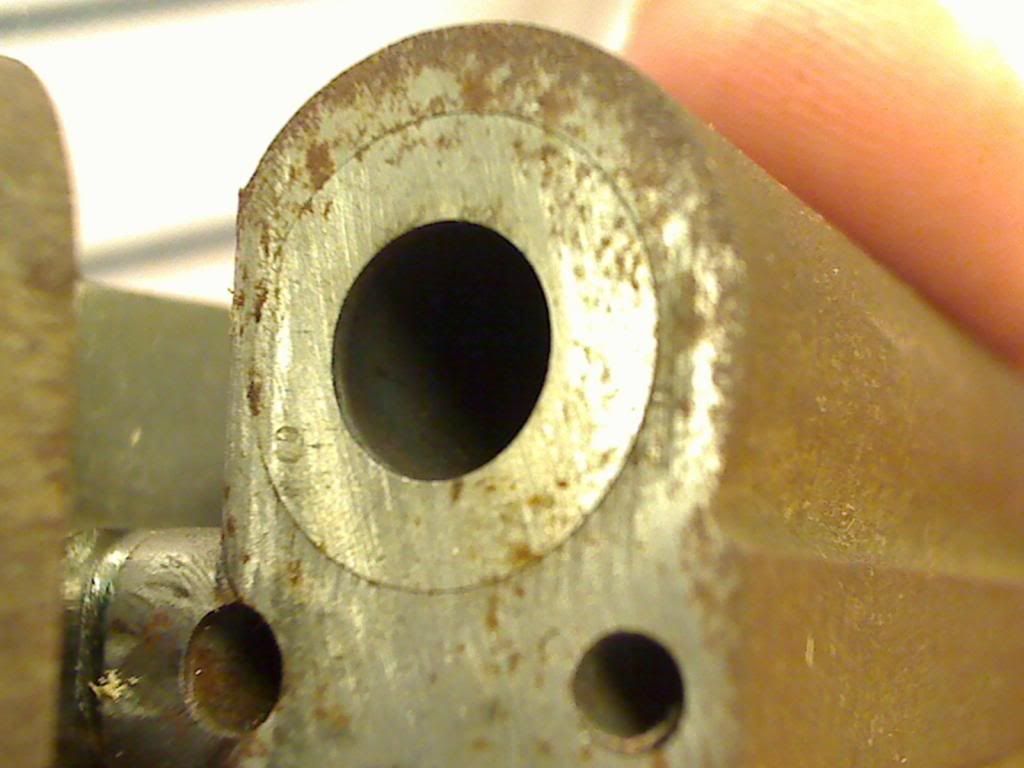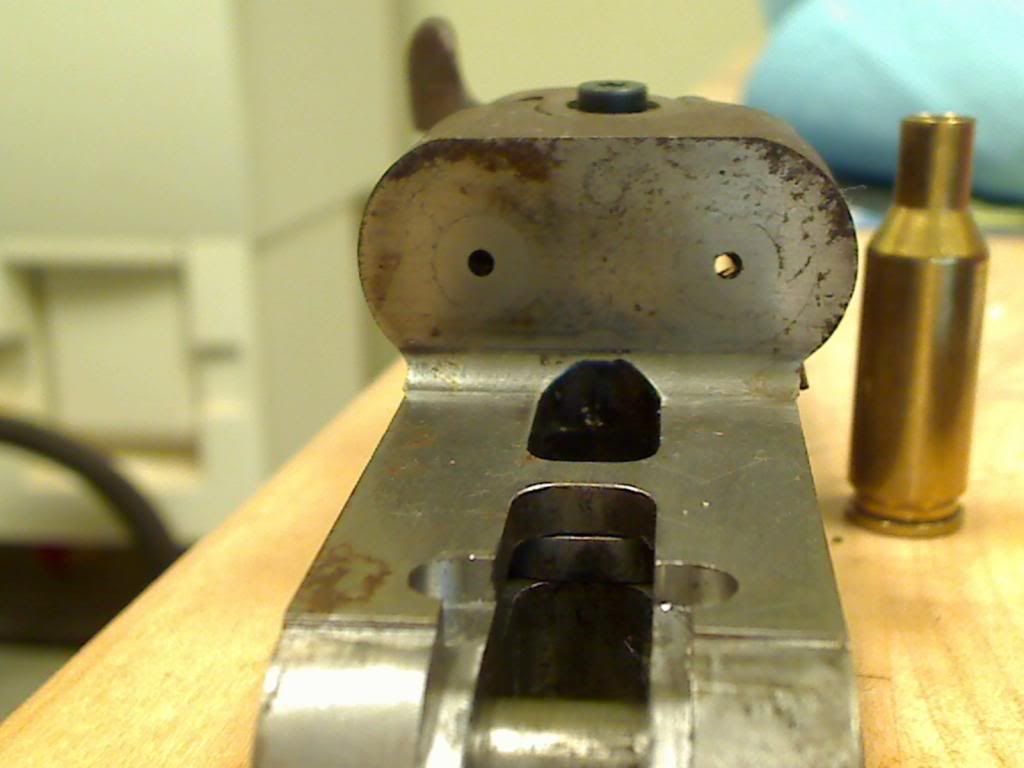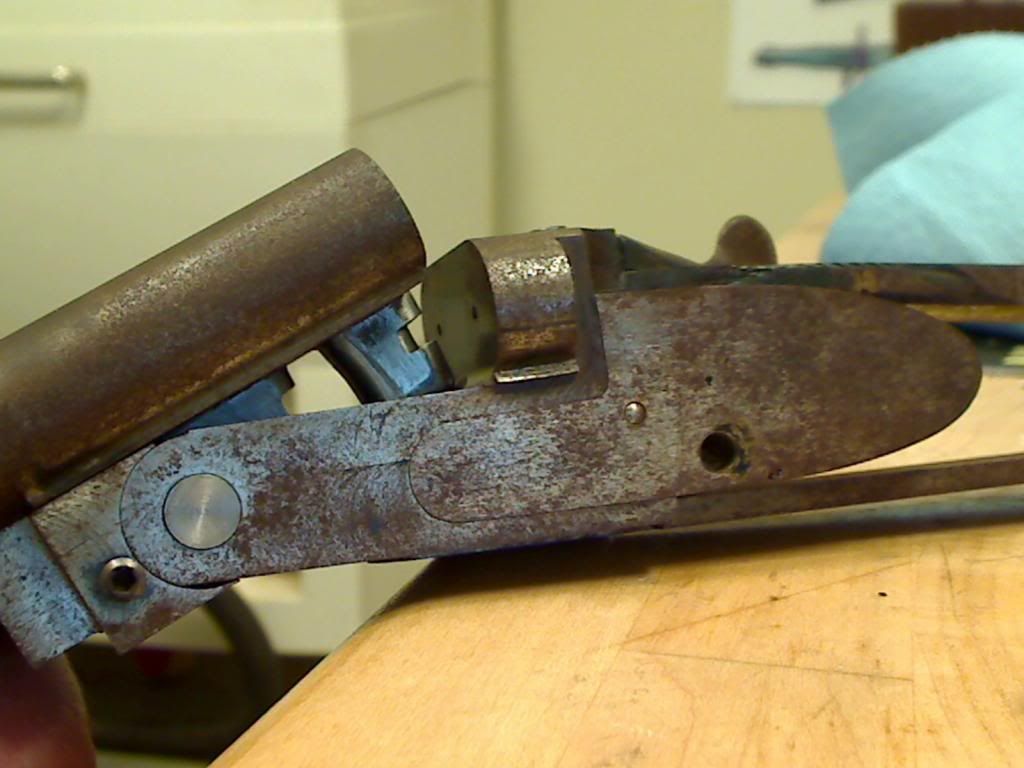Re: PTG Dual Pilot Range Rods
fellas
When you go to center up your tail stock what methos do you use? I have simpley used a sterrate .001 indicator magneticly stuck with a holder onto the face of my spider on the spindal. I then run the indicator around the shaft of the tail stock. Is this ok? Also i have a high dallor live center. Could i run the indicator around this instead? I hope this makes since.
Also what do you think about this idea for a cheap flush system. I a thinking about taking an air bomb tank "new" and filling it with the proper fluid and then charging the take with the proper amount of air pressure thus allowing the fluids to run down the barrel from the muzzle end. I would then just rig up a catch bowl or bucket to recalim the fluids. No need for a pump this way. will it work? Not sure how much air pressure will be needed but i think this idea is plausable. Lee
fellas
When you go to center up your tail stock what methos do you use? I have simpley used a sterrate .001 indicator magneticly stuck with a holder onto the face of my spider on the spindal. I then run the indicator around the shaft of the tail stock. Is this ok? Also i have a high dallor live center. Could i run the indicator around this instead? I hope this makes since.
Also what do you think about this idea for a cheap flush system. I a thinking about taking an air bomb tank "new" and filling it with the proper fluid and then charging the take with the proper amount of air pressure thus allowing the fluids to run down the barrel from the muzzle end. I would then just rig up a catch bowl or bucket to recalim the fluids. No need for a pump this way. will it work? Not sure how much air pressure will be needed but i think this idea is plausable. Lee




